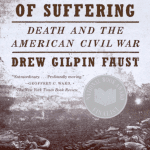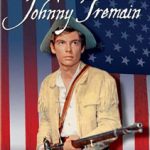
In June 2020, controversial monuments began to come down across America. This time, not only were confederate statues on the menu—those of Theodore Roosevelt, Ulysses S. Grant, Christopher Columbus and even (in Portland, Oregon) George Washington were as well. Tied to larger protests against police brutality and exacerbated by the Covid-19 pandemic, it is no surprise that the removal of another monument, near Healy, Alaska went largely unnoticed. For a ragtag assembly of outsdoorsy types, the monument had become an iconic representation of their values. For others, particularly locals, it evoked a worldview they deemed unsustainable and suspect. Removal on June 19 came after an increasing number of injuries and deaths were attributed to its presence.

The object in question was an abandoned 1946 International Harvester K-5. Originally part of the Fairbanks public transit fleet, it had been hauled 30 miles east of Healy into the Denali National Park during the 1960s where it was used by seasonal hunters as a makeshift cabin. In 1992, Christopher McCandless—an intrepid but inexperienced explorer—had sheltered in the bus for 114 days slowly starving to death. His story was popularized by Jon Krakauer’s 1993 book Into the Wild, which was adapted into a blockbuster movie of the same name in 2007. The ensuing legend has inspired hundreds of travelers to visit the site of McCandless’ demise. For them, the bus became a latter-day lieux de memoire—a term coined by the historian Pierre Nora meaning “site of memory;” a place that both stored and secreted communal remembrance. How did an old bus, and the young person it entombed, end up becoming so iconic and controversial? Into the Wild sheds light on why, and in the process give us insights into the cultural history of America in the 1990s, as well as the historical production of memory in general.
In 1968, Christopher McCandless was born into a middle-class family on the outskirts of Washington D.C. His home-life was both traditional and dysfunctional. Domestic violence and infidelity lurked behind an ostensibly cookie-cutter suburban upbringing. McCandless emerged from adolescence smart and sharp-elbowed, dismissive of bourgeois life and resistant to the prospect of an orthodox career. After graduating from Emory University in 1991, he vanished westward in an old sedan, donating the $24,000 dollars in his bank account to Oxfam. He was found 18 months later in a bus outside of Healy, entombed in a sleeping bag his mother had made for him. His corpse weighed only 66 pounds. At the time, McCandless’ death was little more than local news. Krakauer first covered it as a feature writer for Outside magazine but quickly realized how deep the story might go if he followed through on all his leads.
The result, Into the Wild, is valuable to the historian because it captures a specific snapshot of an American moment–the youthful, cynical and restless counter-culture that emerged in the early 1990s. More importantly perhaps, it offers a case-study of how public memory is produced through literature, journalism, film, monuments and archives—a process Krakauer himself was instrumental in kick-starting. Finally, Into the Wild asks the historian: does history have to be important? Can it simply be belle lettres or elegant storytelling?
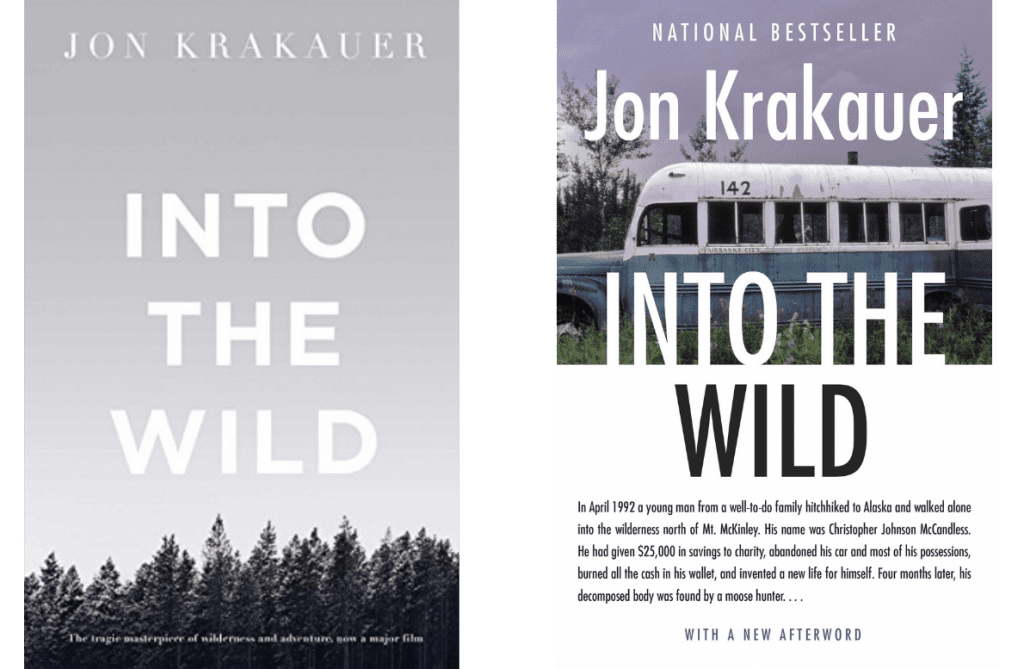
Krakauer wrote because he was personally driven to know more about McCandless—his backstory, his skittish journey from Atlanta to Healy, his values and friendships. What drove McCandless across the country (usually hungry and always broke)? Why was he able to strike up so many lasting friendships? Why did he die? Krakauer found traces of his subject all across the West, from the crop-fields of the Dakotas to the hippie communes of the Nevada desert and the soup kitchens of Los Angeles. It turned out that McCandless had hitchhiked, train-hopped, walked (and indeed canoed) thousands of miles across the country. He had taken on the moniker “Alexander Supertramp,” ghosted his family and furnished himself a new one—pieced together from the roughnecks, “rubber tramps” and retirees whom he met along the way.
Into the Wild broadens out from its primary subject to tell the stories of those who McCandless bonded with during his travels. Krakauer introduces us to Wayne Westerberg, a burly grain elevator operator wanted by the FBI for petty fraud. He gave McCandless a harvesting job and encouraged him in his wider endeavors. We meet Jan Burres, who drifts around the West in an old van selling knickknacks at flea markets. She saw something of her own estranged son in McCandless and took him in. We also meet Ron Franz, a widower who found a way out of addiction and depression through religious faith. He became so attached to McCandless that he offered to adopt him. Thanks to Krakauer’s lush yet unpretentious depictions of these people, a portrait of an American counter culture pours off the pages. As with John Hersey’s Hiroshima (1946), Truman Capote’s In Cold Blood (1959) and Hunter S. Thompson’s Fear and Loathing on the Campaign Trail (1972), Into the Wild is one of the great American works of narrative non-fiction, drilling down deeply into a contemporary moment and taking a core sample that can be preserved and repurposed for future research. In addition, during the process of writing, Krakauer amassed an archive of postcards, letters, photographs, annotated books and mementos that now help to perpetuate a public memory in digital form.
It can be strange to think of the early 1990s as history, and yet much of Into the Wild underlines that this was an age closer to the assassination of John F. Kennedy than the present. McCandless drives a stick shift, sends faxes and uses payphones. His views might be described as “liberal-tarian”—they certainly don’t fit along the current grains of American political culture. His critique of middle-class life appears cliched precisely because such sentiments are now so firmly established in youth culture. And Krakauer himself writes with a blissful ignorance of the modern penchant for psychological lingo. He portrays McCandless as angry, confused, impetuous and troubled—but not depressed, mentally unstable or emotionally traumatized. In doing so, Krakauer never robs McCandless of his agency or responsibilities. What emerges is a now iconic Gen X hedonist—a Kurt Cobain of the wilderness rebelling against the creature comforts of white-flight suburbia, breaking bread with the flotsam and jetsam of American society, finding solace on the frontiers that remain. McCandless isn’t alone in this cultural space: Timothy Treadwell (“Grizzly Man”), Christopher Knight (the “North Pond Hermit”) and the extreme skier Shane McConkey have all been subject to similar degrees of media coverage, pointing to our modern penchant for stories that mingle narcissism, hubris and ‘90s exploration of the frontiers.
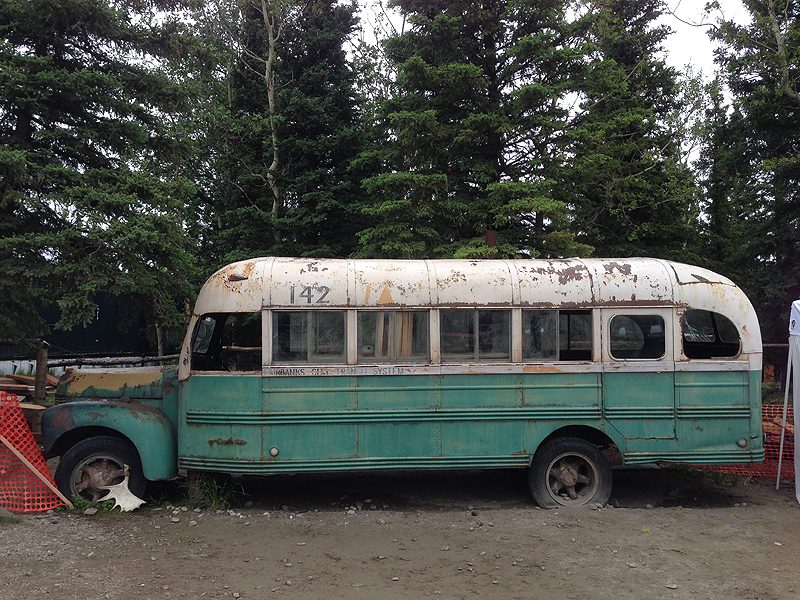
Works like Into the Wild furnish historians with a clear sense of an age that will increasingly come into view as it slides from personal memory into written source. It is also reminder of the importance that journalism plays in historical scholarship. Contemporary reporters are the paramedics of the past—arriving on the scene first, stabilizing subjects as best they can so they can be transported in reasonable shape to the historian’s surgery. From there the long task of interpretation can begin. How many young men have succumbed to the wilderness over the last two centuries of American history? Their stories are forgotten without a Jack London or a John Krakauer. But journalists do not simply record events for posterity—they also shape contemporary perceptions and therefore future memories.
Finally, the recurrent themes of Into The Wild—isolation, exploration, individuality, wilderness, abandonment of the East coast, the unstable mental wellbeing and haunted backstory of the protagonist—all give it a gothic timelessness. Indeed, the persistence of these stories (and their ability to perpetrate their own memorial communities) point to a stubborn undercurrent in American culture: the desire to embrace laudable failures and glorious defeats—concepts that the more whiggish mainstream narratives often relegate to the sidelines. Into the Wild runs through a rich but often hidden seam of Americana. Hence, the bus in Healy, like any monument, represented more than its most infamous inhabitant. It performed cultural work as a proxy for the stories and traumas of others. For those who risked their lives retracing McCandless’ footsteps in Alaska, “it is not Chris’ story they are following, it is their own,” explained his sister, Carine (speaking to the Associated Press earlier this year.) Krakauer not only tells a specific person’s story, he tells it in a way that connects it to a wider Western heritage of tragedy along the frontier.
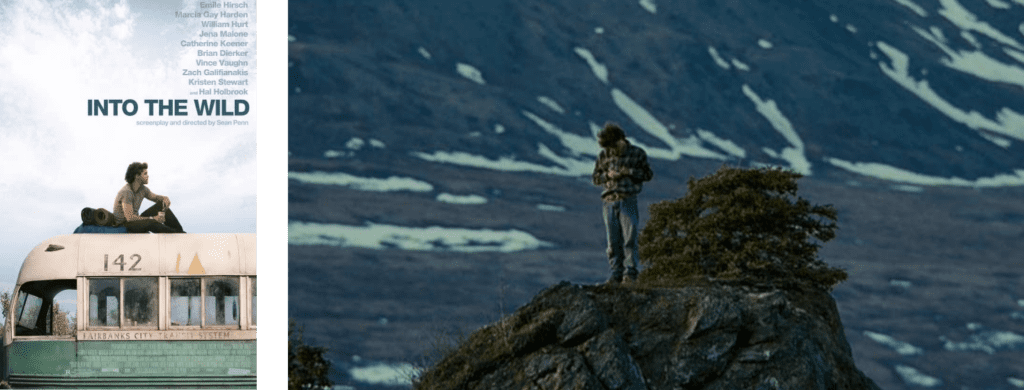
In June, as the bus was hoisted into the air by a military helicopter, plans were being made for a permanent museum exhibit. Now in storage, the bus will likely end up in the Museum of the North at the University of Alaska Fairbanks. There, “it can honor all of the lives and dreams, as well as the deaths and sorrows associated with the bus, and do so with respect and dignity,” said Corri Feige, commissioner for Alaska’s Department of Natural Resources (also speaking to the Associated Press.) Critics—from Healy locals to media commentators—have argued that McCandless is undeserving of his own legend, that his hapless tramping does not merit beautification. Such claims prompt a series of questions for the historian: is a minor episode of American history of wider importance? Is Christopher McCandless a historical figure of significance? Are the core samples taken by Into the Wild worthy of further study? Or can history simply be beautiful? Does it always have to matter? Christopher McCandless is not especially important in any conventional historical sense. But the story of his story reminds us that public memory is not always an elite production. There is an unmet thirst in American culture for the sort of meaning that can only emanate from the tragic. Today, Into the Wild’s value is not going to be found in the sort of historiographical questions that cultural historians usually notch upon their bedposts. It can be found in the ways in which Krakauer amassed an archive, conducted an oral history project, wrote a book and began a legend. Into the Wild has helped to produce this sense of a shared remembrance because it touches upon the wider tragedy of American history. And like the tombs of unknown soldiers, we read, remember and make pilgrimages to such stories because we can tell our own tragedies through them as well.
